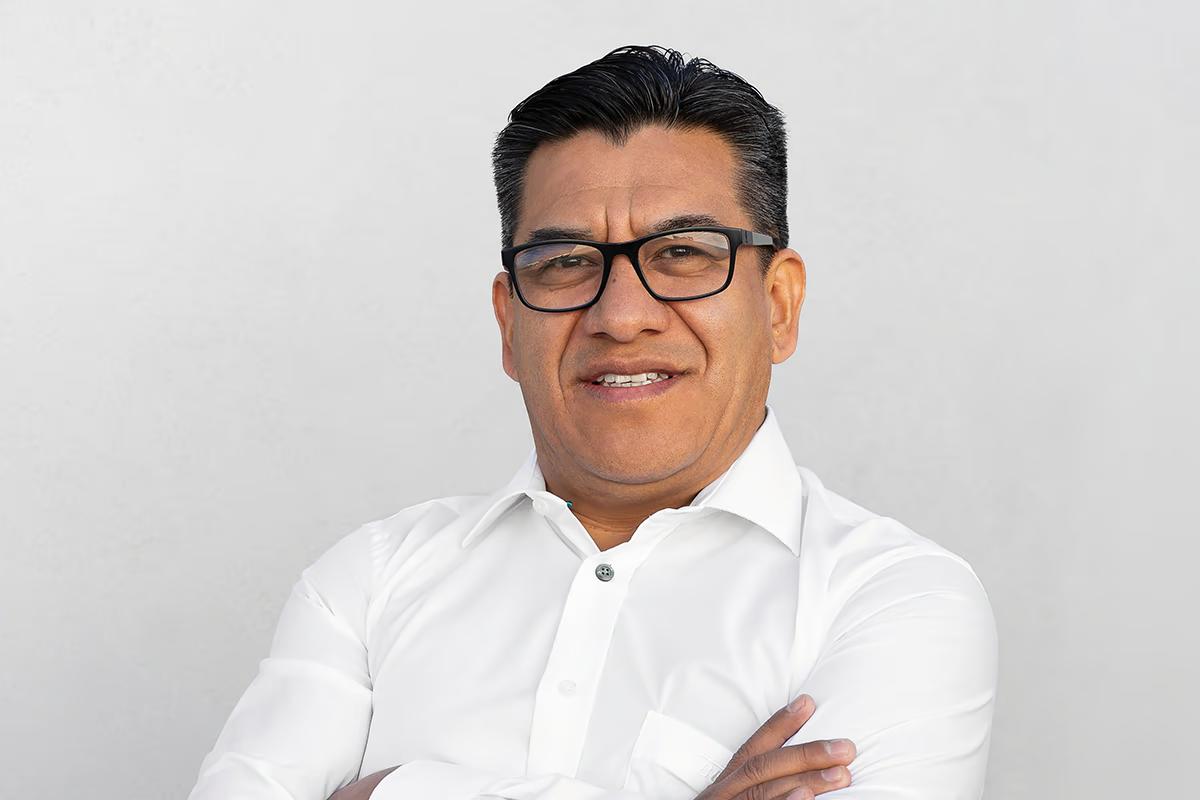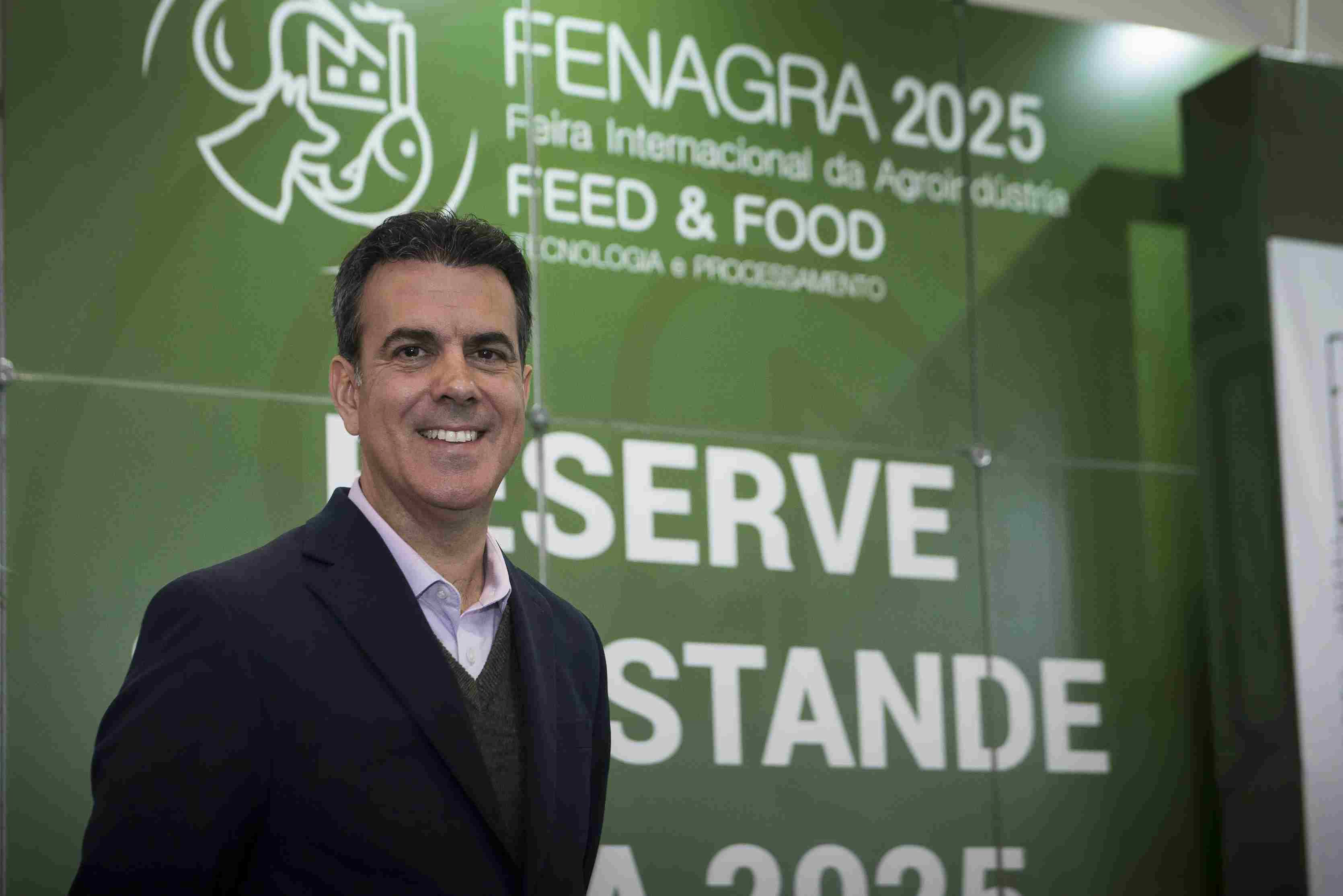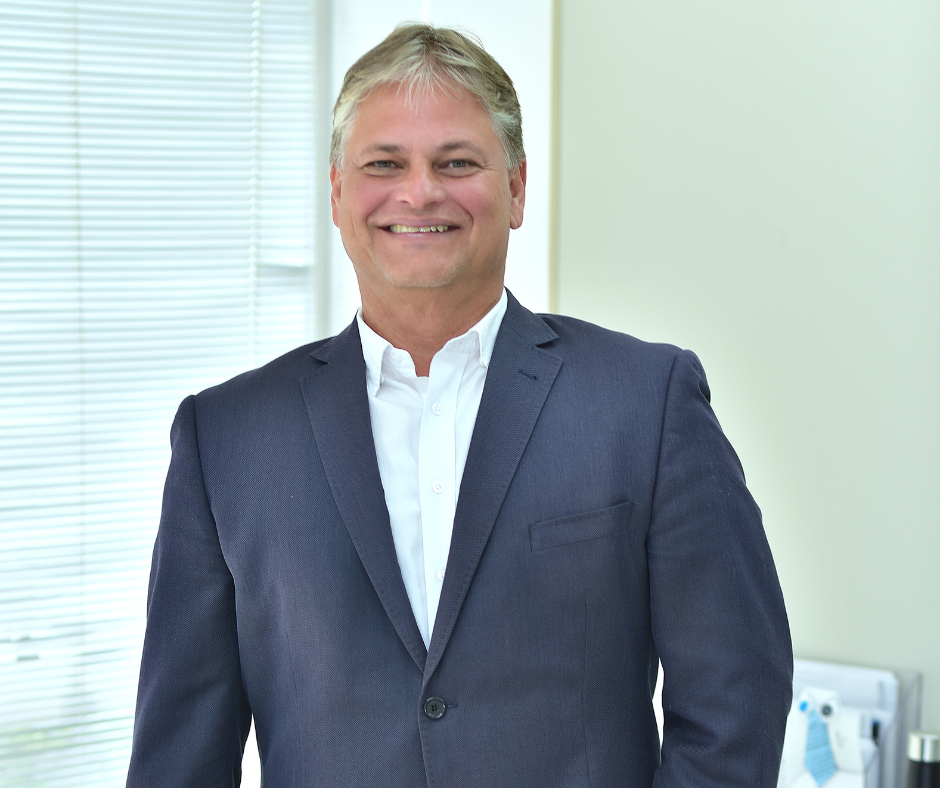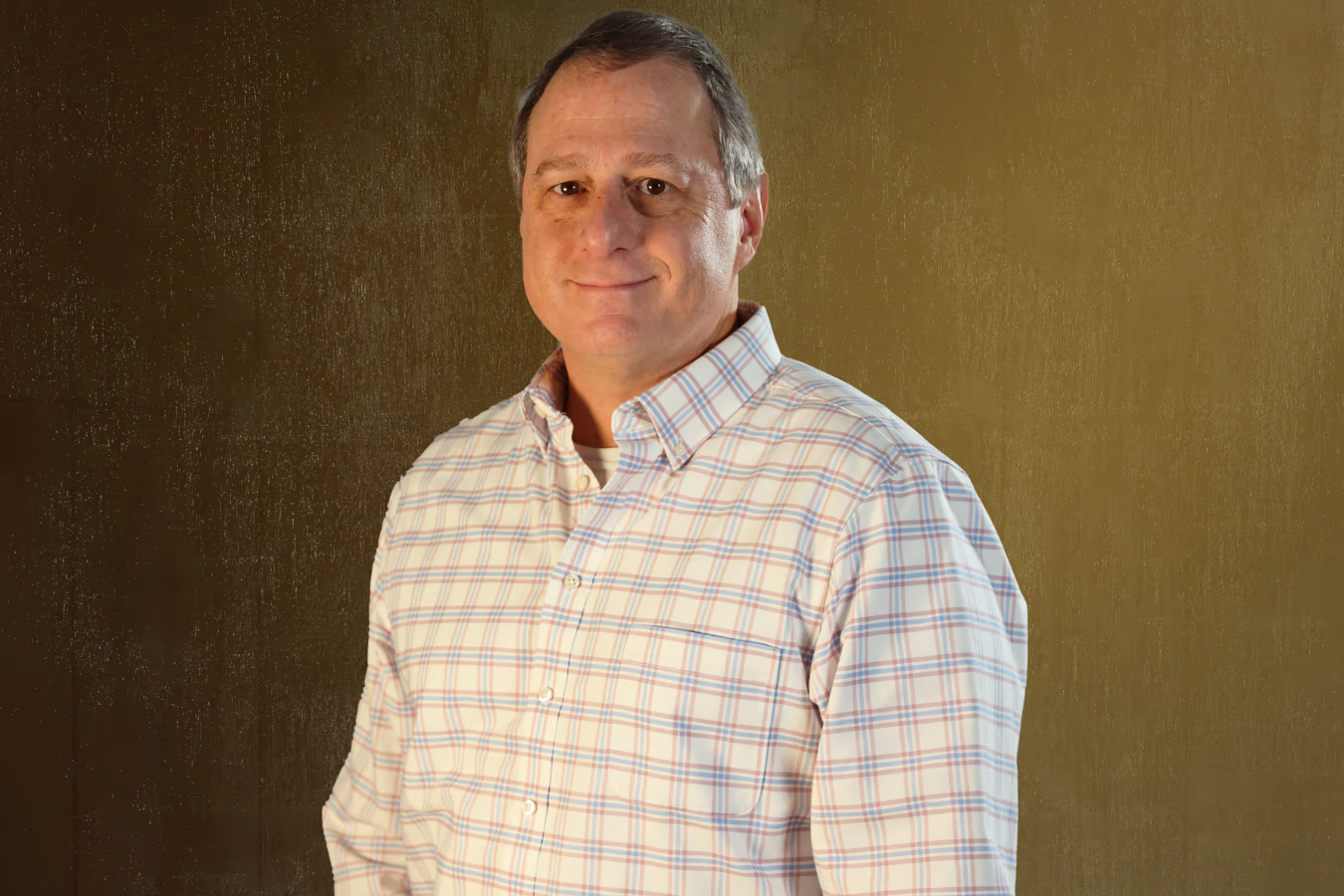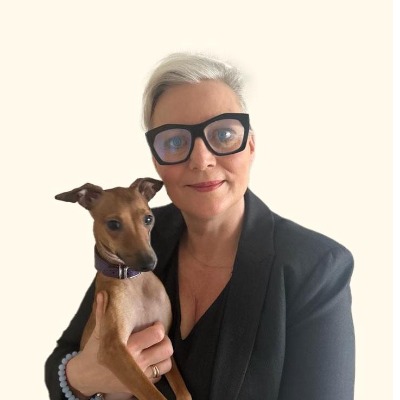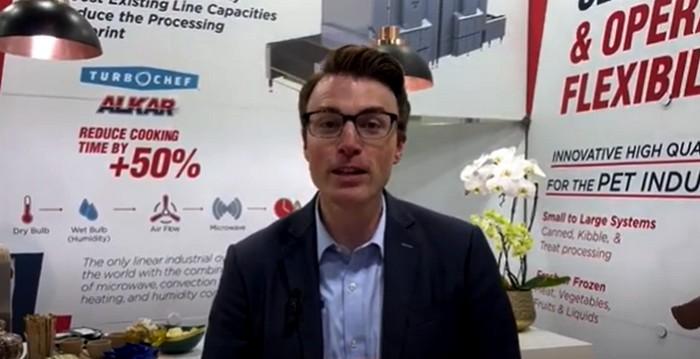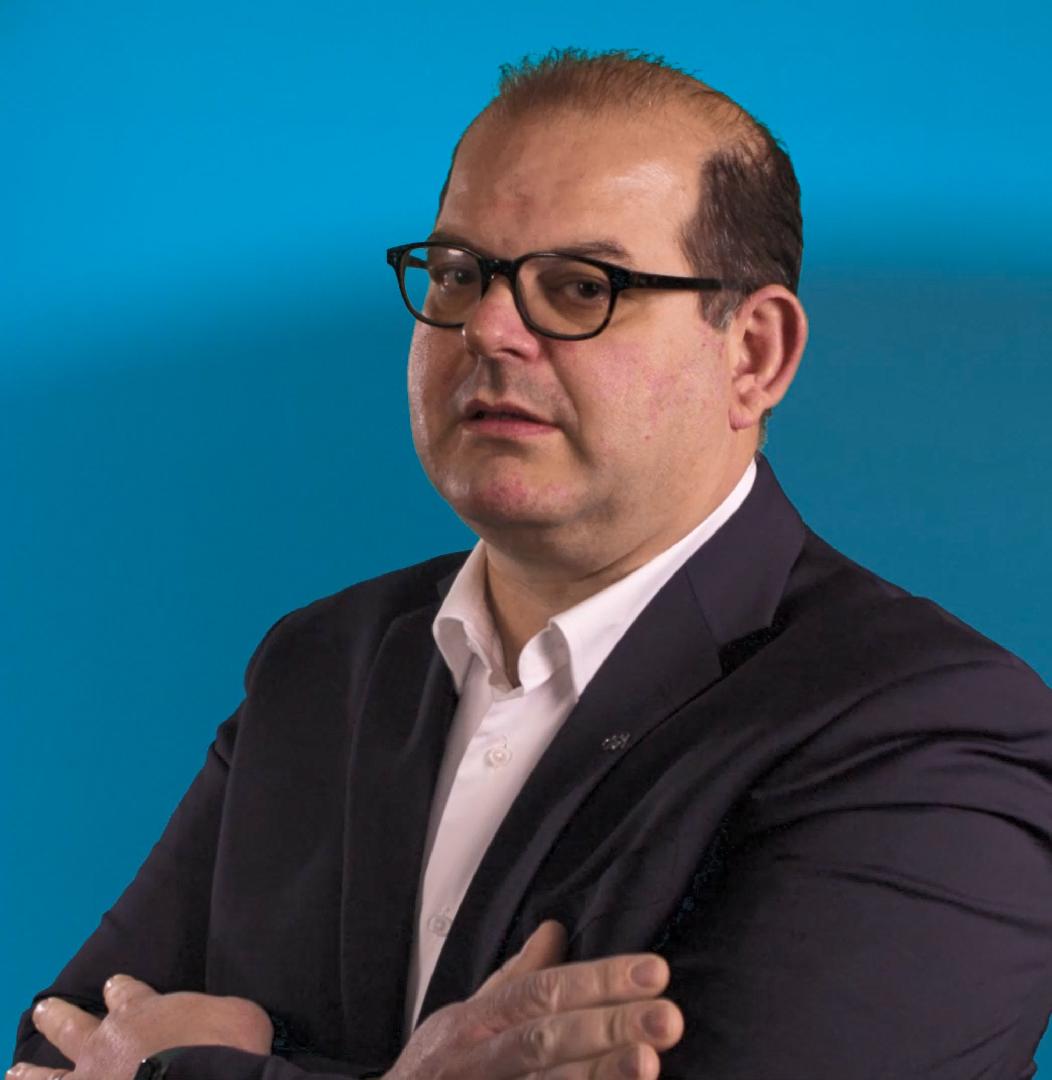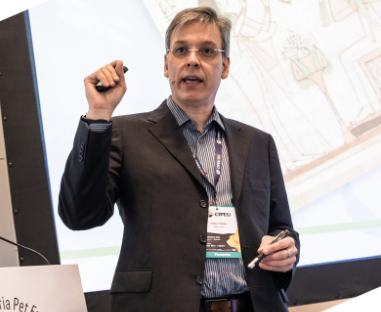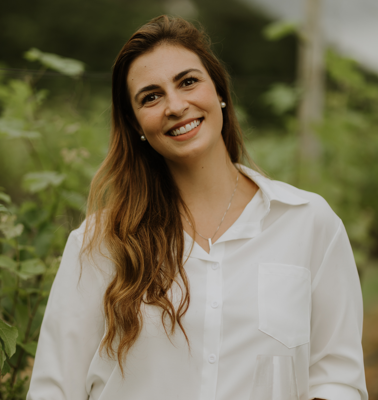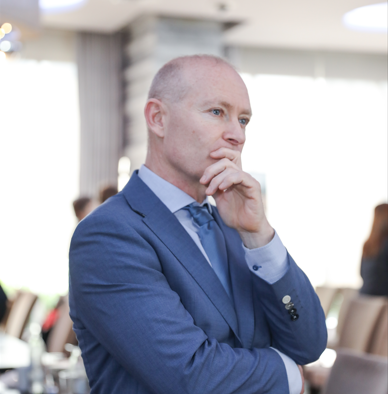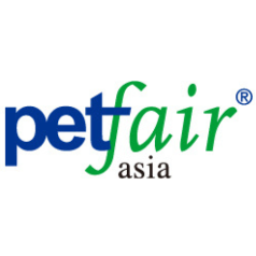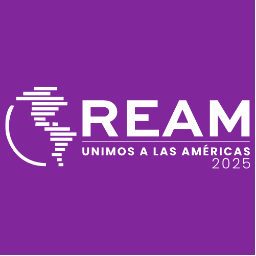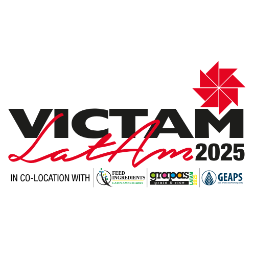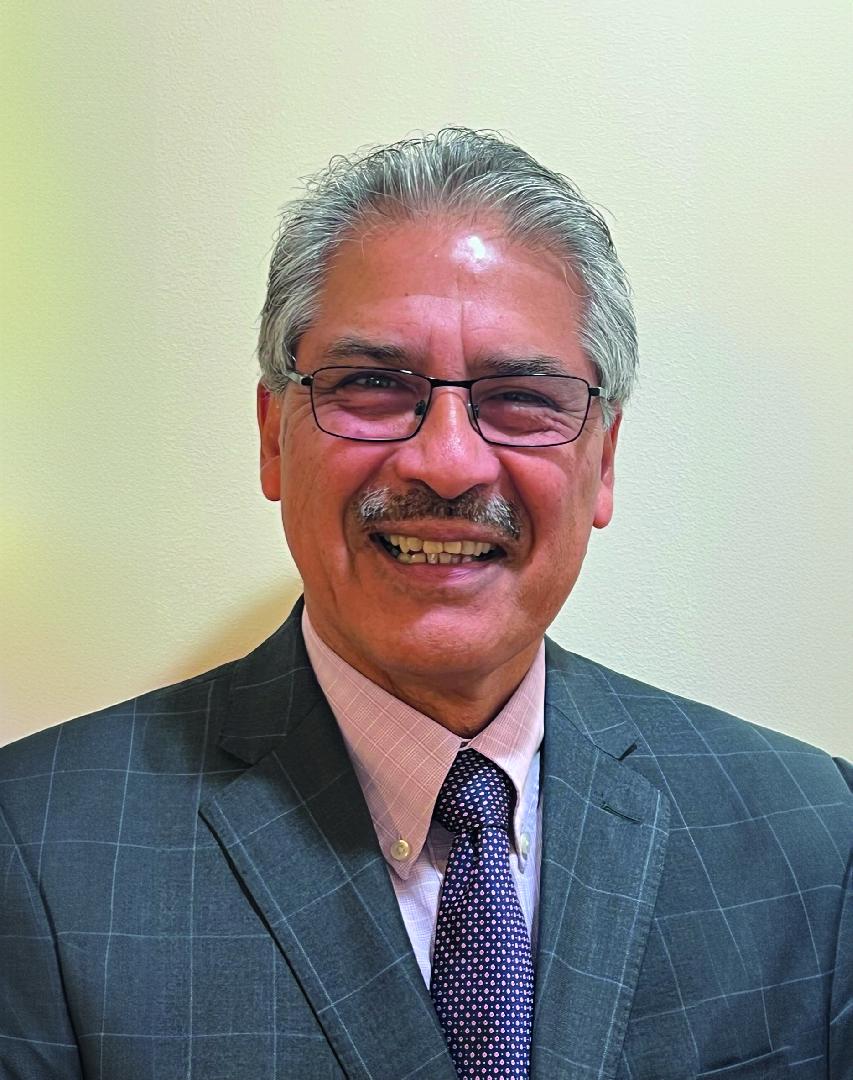
4 min reading
4 min reading
The interview - Juan Gomez-Basauri
Juan Gomez-Basauri, Ph.D. Magellan LLC, President, and founder: “The key is how you listen to your customers and how you answer their needs.”
In this edition's interview, we talk with Juan, a professional in our industry with an interesting and exciting career path. He was born and raised in Lima, Peru, and continued his postgraduate education in England (Leeds University) and the US (Cornell University). He then developed into leadership positions at multinational companies such as Ralston Purina and Alltech and recently founded his own technology and consulting business.
Juan Gomez-Basauri, Ph.D. Magellan LLC, President, and founder: “The key is how you listen to your customers and how you answer their needs.”
In this edition's interview, we talk with Juan, a professional in our industry with an interesting and exciting career path. He was born and raised in Lima, Peru, and continued his postgraduate education in England (Leeds University) and the US (Cornell University). He then developed into leadership positions at multinational companies such as Ralston Purina and Alltech and recently founded his own technology and consulting business.
1. Which challenges have you faced in your professional career?
There are different and varied challenges during each stage of a professional career, from moving to a new place, or a new city, leaving old friends and colleagues, making new friends and colleagues, balancing work, and family, to learning very quickly from mistakes and understanding new cultures. I think most of us will have gone through one or the other, but the way we face each of them is what makes the difference, what makes us who we are. It's what defines us.
2. Why did you make the decision to open your own technology consulting business in 2023?
My style has always been to be highly entrepreneurial, especially when it comes to positioning new technologies and innovations in the market.
I was very fortunate that, in previous roles, my responsibility was to be that of a business champion, that is, leading the charge for new products and technologies, building from scratch, as we would say. However, there comes a time when one needs to step out of their comfort zone if there is a desire to keep growing both professionally and personally. That's the reason why I founded Magellan LLC.
3. What are your company's goals?
Magellan LLC is a business dedicated to providing innovative, science-based technologies and consultative solutions to the agri-food, nutrition, and human and animal health businesses.
4. What solutions do you provide and why?
The key is how you listen to your customers and answer their needs, which will define the solution and the service.
From product innovation to the design and execution of research projects, through the development and application of new bioactive and nutritional compounds, we listen extremely well to the needs of our clients and respond to them.
5. What's your vision about the pet food industry development in the upcoming years?
The pet food business is an exciting area, but, like any other industry, it is bound to change, to evolve.
There is a close connection between people and their pets. We care about them as much as we care about ourselves. There is an emotional component in the bond between human beings and animals. The industry will strive to find new, functional, and proven nutritional technologies and new feeding formats in order to provide health and well-being to our companion animals because they are part of our families.
6. How do you think trendy topics, such as sustainability and product customization, are being addressed by the market?
Sustainability is a driving force for business. However, how much of what we are actually doing is truly sustainable? Sustainability must include environmental, social, and economic factors. Everyone must do their part, as we are all linked, we are all connected as individuals and companies, from transportation to packaging, from supply chain to life cycle assessment, and with full transparency in all processes.
Companies must encourage and embrace innovation to find better technologies and processes that can be truly sustainable, and that, in the end, is what will make a difference.
7. In your experience, what will be the most significant challenges during 2024?
I'd say change and disruption and how we adapt to them, from raw materials and supply chain challenges to changing consumer spending patterns, to name a few. The market is evolving, and companies will have to adapt and do it quickly. This, in turn, will accelerate innovation and provide opportunities for launching new products and services.
8. What trends you could say will growth the most?
Predicting specific trends involves a certain degree of uncertainty. However, several trends are shaping the pet food market and will continue to evolve in the coming years.
As we mentioned before, sustainability and transparency are some of them. We will continue to see advances related to microbiome diets and the health benefits they bring will be the basis for personalized diets and foods. Interest in alternative sources of protein and energy will increase. Cellular agriculture and its applications will find their market niches. We should not discount AI (artificial intelligence) and how this technology will be a game-changer in the pet food industry.
Currently, from his technology and consulting business, Magellan LLC, Juan continues the legacy of what, he affirms, he has been fortunate to receive throughout his professional path:
'Throughout my career, I have been fortunate to have good mentors and people who believed in me, from my parents and family to my teachers during my college years and professional career. That is what I have practiced and will continue to strive for with Magellan LLC.'
Source: All Pet Food Magazine.
You could be interested: The Interview: Daniel Geraldes, Founder of FENAGRA
Intervies
Advertising








